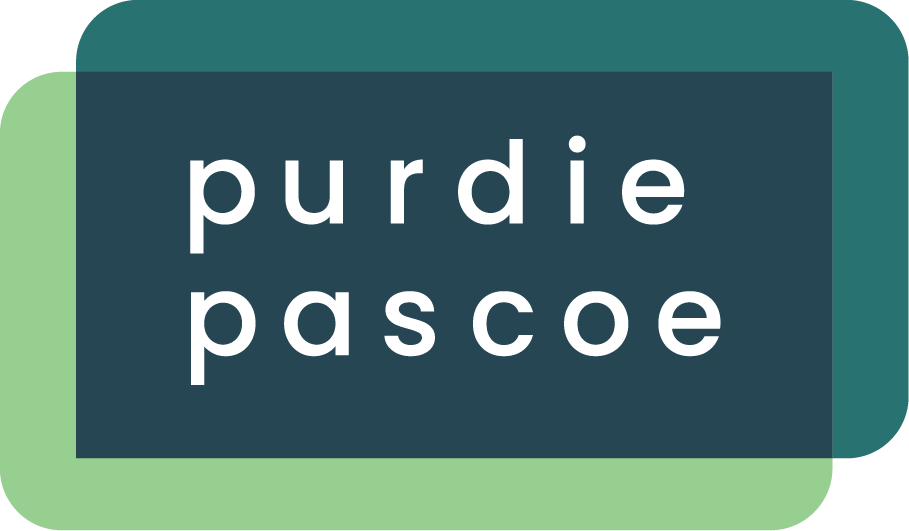How to invent the market research equivalent of spreadable chocolate
This article written by Stephen Potts featured in EphMRA’s December Newsletter.
I first had Nutella (other brands of spreadable chocolate are available) when I was 14 years old, on an exchange to Germany. I remember thinking what a brilliantly naughty idea it was. Spreadable chocolate for breakfast! What’s not to love? But it’s such a simple innovation, taking a much loved product, chocolate, that had already been around for centuries, and simply changing the format so that it can be used in new ways and at other times of the day.
The Nutella approach to innovation is rare in market research. As researchers, we are like magpies, attracted by the latest shiny thing. As an industry, we are constantly looking for the next advance in technology that can help us to gain better insights, in less time, for less money, and rightly so. However, in our pursuit of the latest shiny thing, many fantastic approaches remain under-used and under-innovated.
At Purdie Pascoe, we have always innovated by taking approaches that are valued and trusted by our clients, market research chocolate, if you will, and applying them in new, relevant ways. In this article, I would like to share three examples of market research Nutella with you.
Product testing in unprecedented times
With our heritage in medical devices, Purdie Pascoe has always done a lot of product testing, normally face to-face, in viewing facilities. When one of our most important clients asked us to conduct product testing in IV infusion sets, during lockdown, we proposed a novel approach. We couriered a set of samples to respondents and conducted video-depth interviews to gauge their reactions. We also asked nurses to conduct certain testing elements up close to their webcam, thereby capturing footage of product usage. Our client was also able to view the research and see for themselves any usability issues that respondents faced.
This innovative approach, like Nutella, was not rocket science, but a nice way of using tried and tested approaches in a new way
Conjoint, but not as we know it
A pharmaceutical company recently approached us to conduct a Market Assessment Study for a product that they wanted to launch in the US. One of the objectives of the research was to identify the patient types that the new product would be suitable for and to build a forecast model that provided a realistic estimate of the sales that they could expect over the next 3 years.
Conjoint or trade-off experimental designs are usually used to assess the potential of a new product, allowing for different product profiles based on future results of clinical trials. In this situation, though, our client’s product profile was fixed.
We proposed an innovative way of using conjoint to both identify the patient types most likely to receive the new product and then to build the results into a forecast model. The conjoint design included patient characteristics rather than product attributes and involved asking respondents their likelihood to prescribe the new product for a number of different patient profiles.
The output was a simulator that modelled the likelihood of any patient being prescribed the new product, which could then be fed into forecasts. Not as tasty as spreadable chocolate, but what’s not to love?
Online Qual – The best of both worlds
Over the past 12 months, we have been conducting a lot more online qualitative research, for obvious reasons. There are a range of online qualitative tools available and it is important to select the right one for each project.
We are currently conducting a research programme for a pharmaceutical company in the area of cholesterol and decided to combine two different online qualitative approaches, in two phases:
• The first phase is designed to gain a better understanding of the challenges that patients, caregivers, doctors and payers are facing in managing cholesterol to target. For this phase, we felt that online communities provided the best approach, allowing us to explore issues over the course of a week and to probe on key areas of unmet need as they arise.
• The second phase involved a co-creation session, where we wanted to bring different stakeholders together to design solutions that would improve patient care.
For this phase, we felt that online focus group discussions provided the ideal research forum, enabling better collaboration and interaction.
By combining two different approaches, we harnessed the strengths of each and used them for the elements of the research programme that they were best suited.
After all, to quote Tom Freston, co-founder of MTV, “Innovation is taking two things that exist and putting them together in a new way.“
So, as we approach Christmas, and look forward to all the chocolate that, no doubt, we will gorge ourselves on, remember that every After Eight, every Terry’s Chocolate Orange and every Ferrero Rocher is a delicious innovation made from tried and tested ingredients, put together in a new way.
And ask yourself what brilliantly naughty ideas will you come up with for your clients in 2021? Will they be as good as spreadable chocolate?


